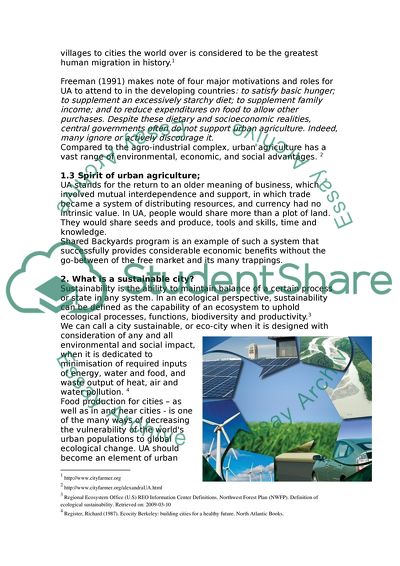Cite this document
(Urban Agriculture: a Key to Sustainability Research Paper, n.d.)
Urban Agriculture: a Key to Sustainability Research Paper. Retrieved from https://studentshare.org/social-science/1726464-urban-agriculture
Urban Agriculture: a Key to Sustainability Research Paper. Retrieved from https://studentshare.org/social-science/1726464-urban-agriculture
(Urban Agriculture: A Key to Sustainability Research Paper)
Urban Agriculture: A Key to Sustainability Research Paper. https://studentshare.org/social-science/1726464-urban-agriculture.
Urban Agriculture: A Key to Sustainability Research Paper. https://studentshare.org/social-science/1726464-urban-agriculture.
“Urban Agriculture: A Key to Sustainability Research Paper”, n.d. https://studentshare.org/social-science/1726464-urban-agriculture.


